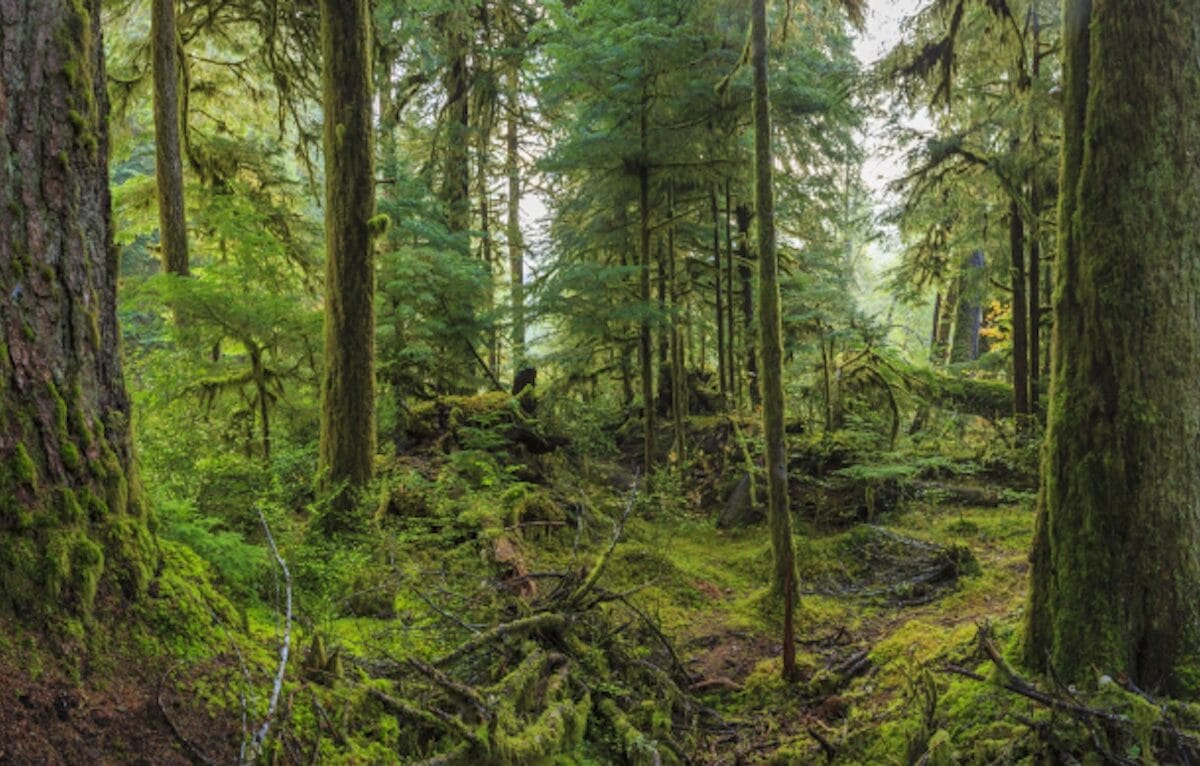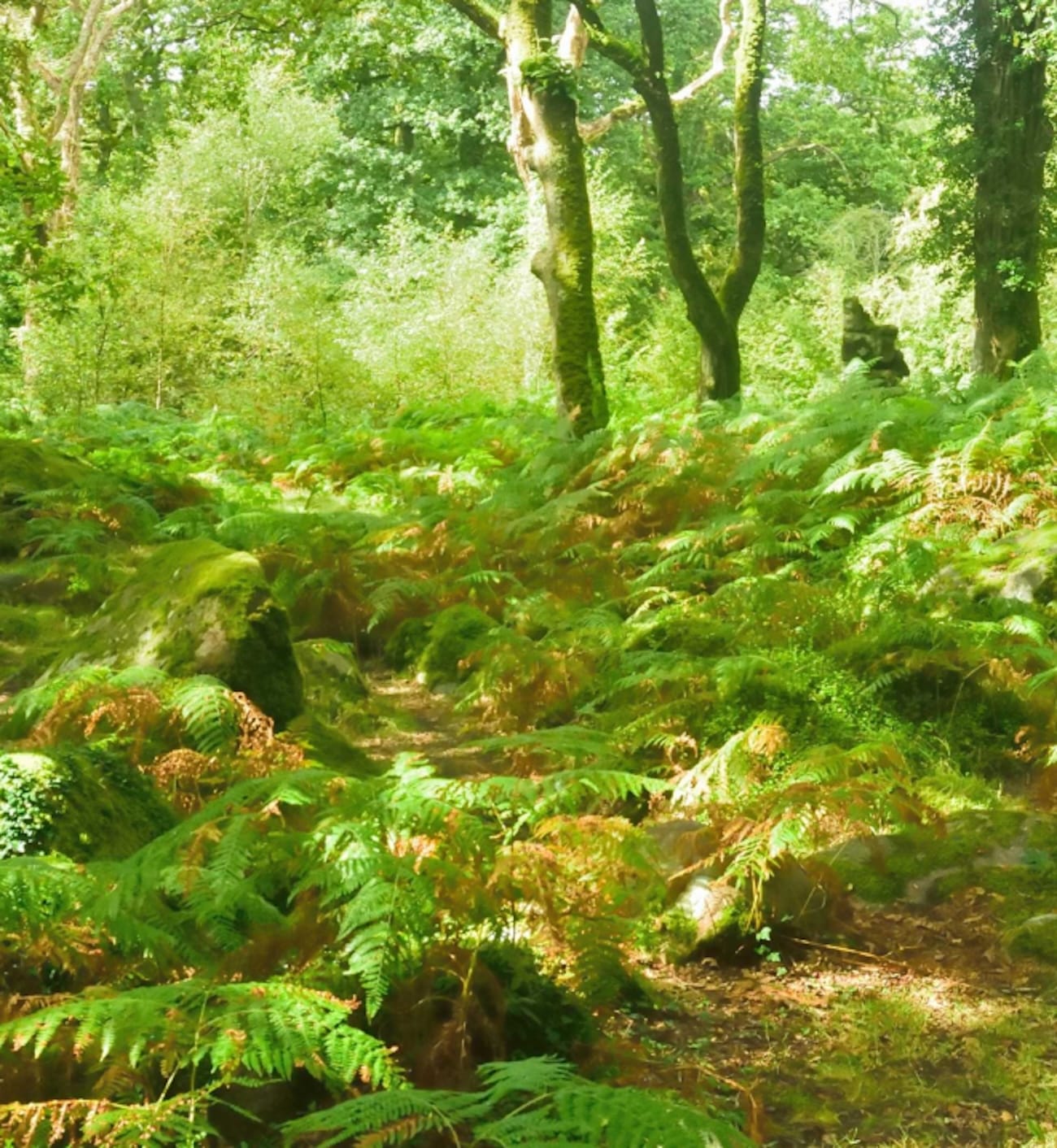One by one, tonne by tonne
Join the new movement to protect the future
Ditch the broken offset system. Balance Units are a fresh approach. Our peer-reviewed methodology ensures that each Balance Unit creates biodiversity and local economic growth while absorbing a verified tonne of carbon. And with W&I insurance coming soon, your business will have even greater peace of mind. Here’s how Balance sets you apart:
- Position your business as a leader in creating biodiversity to fight climate change
- Help to build ecosystems and give local communities new income opportunities
- Stay ahead of the curve as new regulation is introduced under Pathways to 2050
Biodiversity Gains
Plant, protect and create a legacy of biodiversity
Balance focuses on more than carbon. Our projects prioritise restoring ecosystems and planting native species that create thriving habitats. We encourage our Planting Partners to create biochar as this is carbon capture and storage (CCS) that actually works.
- Native species focus: Enhancing the health of local ecosystems.
- Thriving habitats: Supporting wildlife and natural regeneration processes.
- Proven impact: Verified projects with real biodiversity impact.
Social and economic impact
Empowering communities: sustainable social impact
Balance projects break the harmful cycle of monoculture forestry, helping people build sustainable livelihoods while safeguarding the future. Where there are local communities–our projects are often in remote places–at least 40% of the Planting Partner fee goes to them. This empowers them to engage in regenerative agriculture, enabling income generation from the forests; combining economics with ecosystems.
- 100-year commitment: Forests are protected for the full carbon life cycle, moving away from the faulty carbon-credit model which only protects for 40 years.
- Biodiversity protection: Replaces monoculture with sustainable practices that build flourishing ecosystems.
- Sustainable forestry: Enriches soil, boosts biodiversity, and improves food security.
- Economic resilience: New income streams through permaculture, ecotourism and forest products.


Planting partners
Plant and protect: one by one, tonne by tonne
Balance Planting Partners set new benchmarks for biodiversity restoration and local employment opportunities—moving away from the broken carbon credit system. Find out more.
Get Balanced Now
Transform your footprint into Balance Units quickly and credibly with our groundbreaking calculators. Whether you're a large corporation, SME, or individual, our easy-to-use tools allow you to act fast and lead by example. Calculate your carbon footprint and purchase Balance Units to show the world what real nature restoration and climate action looks like.

Balance
my life
No receipts, no hassle—our income-based calculator saves you hours of calculations and helps you fund nature restoration and create jobs for local people.

Balance to Sector
Our new, game-changing calculator uses your sector's carbon total and your business' turnover to estimate your carbon footprint—saving you months and thousands in assessment fees.

Balance to Assessment
For large corporations needing full carbon assessments, our partner Ecometrica thoroughly analyses your scope 1, 2 and 3 emissions, helping you reduce the Balance effectively.
FAQs
First of all, Balance is a better system than traditional carbon offsetting. It combines a carbon and biodiversity credit enabling significant long-term benefits to people and the environment.
We are in a climate and biodiversity emergency. Balance enables partnership with customers, staff and stakeholders to build a loyal community delivering a positive solution. The forests are public spaces registered to the company; therefore, you have a three-dimensional brand extension into your customer’s environment, enabling events, planting days and outdoor classrooms. You can keep your customers updated on biodiversity and wildlife enhancement, building and maintaining long-term relationships. The public relations benefits of being at the vanguard of this fresh approach can bring significant benefits to the Business.
Beyond its positive environmental impact, Balance in Business has other immediate benefits. Balance is becoming a recognised platform, a mark of quality that shows that an organisation approaches its environmental responsibilities thoughtfully and holistically. It helps companies attract and retain the best people, many of whom have a strong desire to work for ethically sound companies.
Increasingly, “people expect brands to deliver real value, act responsibly, and do right by the community, including their employees.” (Kantar) The biodiversity-supportive forestry provided through Balance planting is visible to customers and is further symbolised clearly by the “extra tree”.
Participating in Balance marks out companies as being responsible ESG investments to organisations of influence like Principles for Responsible Investment, which has calculated that companies that fail to act on carbon may lose up to 43% of their value.
Balance is designed to interact with the ESG and sustainability agenda. It is a superior product to the old carbon-neutral system and costs the same, making purchasing decisions of Procurement Directors easy. Balance senior management are accomplished executives from the advertising marketing industries with long-term experience of large corporations needs. We have the experience to tailor specific campaigns to specific brands. The large corporations will have a Balance project manager to make sure everything runs smoothly.
Biodiversity matters deeply to the future of life on Earth. It is not a luxury. Plants, animals, and fungi do not exist in isolation but in complex and connected ecosystems, which form the foundations of human life. Balance integrates, three pillars of action, biodiversity, economics and climate in order to create a holistic approach. A healthy ecosystem carries out a number of vital roles – not just preserving the climate, but also cleaning water, maintaining soil, purifying air, recycling nutrients, and creating habitats. A biodiverse ecosystem is also resilient and a good insurance against unforeseen environmental events resulting from climate change. But when one part is lost, the whole system is threatened, and we are losing biodiversity at unprecedented rates around the world, with thousands of species facing extinction every year.
It is vital, therefore, that tree planting occurs in a sustainably biodiverse way That empowers local communities to gain income from the forests so they will protect them for decades to come -it is not just trees, but the right trees in the right place in the right way with the right protection. A true commitment to biodiversity means not only hitting a number but encouraging the symbiotic chains on which nature depends, such as leaving dead wood for bugs that can in turn be enjoyed by woodpeckers. It’s a commitment that we ensure happens over time, not just for a year or two. When this happens, we are truly protecting our futures, not just hoping for the best. Balance also supports natural regeneration and rewilding projects which can help with this process.
The two approaches are very different. We combine biodiversity creation with economic well-being for local people moving on from carbon offsetting delivering a holistic approach . Although the intentions of the original carbon offsetting approach were good, abuses and speculation crept in which vastly reduced their value to society and the environment, and led to wide scepticism. For example, much capital was invested in renewable energy systems that might have been developed anyway rather than in sustainable natural forestry. The Balance approach has taken the lessons from this experience and used them to provide a radically different and improved alternative. Some of the key differences are shown below.
| Carbon offsetting | Balance approach |
|---|---|
| Carbon offset only | Sustainable biodiversity and carbon reduction |
| Side effects on local communities | Respect for local community welfare and wishes |
| Opaque | Transparent and verifiable |
| ‘Carbon neutral’ | Environmentally balanced over the long term |
| Trading-oriented | Solution-oriented |
| Issues around ‘additionality’ | Investment linked to real actions |
| Often inappropriate monoculture or industrial-style planting | Indigenous trees planted only |
| No control on location | Forests you can see and touch |
| Limited future protection | Guaranteed protection against future events such as new rail developments |
| Renewable energy offsets or GHG equivalents | Balance is solely focused on biodiverse forestry |
We plant trees and ensure they are protected. Both matter. New woodland creation is one of the most controllable and tangible ways to take carbon out of the atmosphere and reduce climate change. But forests need protection too. Trees that are planted outside of a sustainable ecosystem will die early and release carbon back into the atmosphere. Under Balance, new trees are planted in a sustainable and biodiverse way, with forests carrying a 100-year maintenance contract from a trusted partner.
Yes, a fully Balanced business is permitted to use the Balance® Certification. This will become a widely known and trusted sign of a responsible business. The accreditation includes the grid reference location of the forest and the ‘vintage’ of the year that has been Balanced. The Balanced logo can be displayed on products accounted for within the carbon assessment, on the company’s communications, and in locations around the business.
- Planting approach supports biodiversity, with mixed natural species creating a habitat suitable to the area.
- Each contract is linked to an area of publicly accessible forest.
- 99-year maintenance and protection contracts to ensure permanence. Uniquely in harmony with the lifetime of CO2 in the atmosphere. Existing credits only have a 40-year protection so they don’t work.
- All additionality issues addressed, meaning that contributions directly result in actual trees planted.
- Provision against ‘force majeure’, e.g. new roads through forests.
- Indigenous – Local People. Human rights are at the core of the Balance methodology. Climate action should be consistent with human rights obligations that create income for local people.
Some of this can get quite complex, so please feel free contact us if you would like to discuss any of it further, and we welcome suggestions and feedback.


